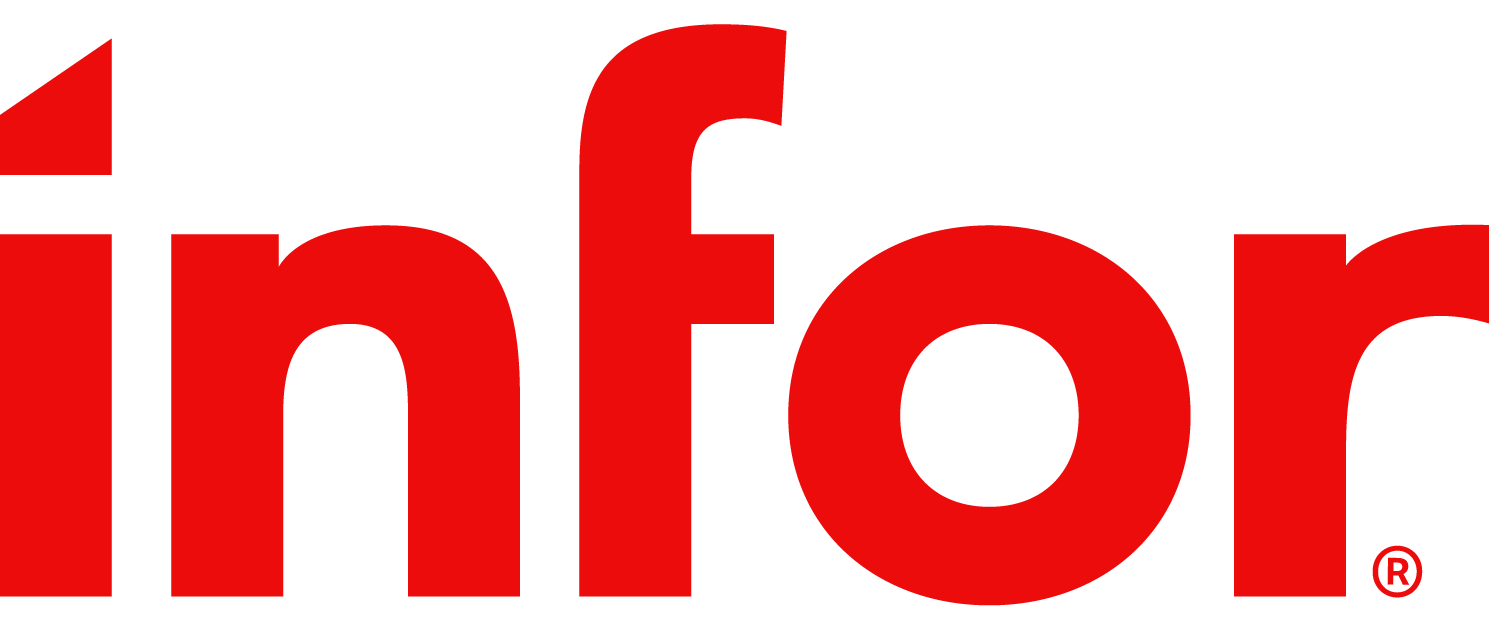Interview
Please note: This content reflects industry best practices. We’ve provided links to third-party resources where appropriate.
What It Is
You’re conducting an interview when you meet with participants, one on one, to discuss what they think about a topic or design. Interview answers help provide contextual information and insights about how users perceive a product, but they typically don’t measure usability—what a user says may not always match what they do. Paired with other methods, like usability tests, card sorts, or click tests, interviews can provide rich insights into a user’s thinking, wants, and needs.
Who you interview depends on where you are in your design process:
- Subject matter expert (SME) interview: An interview with someone who’s an authority on specific areas such as industries, roles, and products. They include industry experts, product managers/owners, solution consultants, and sales reps. SME interview questions should validate ideas and assumptions, identify areas for improvements, or help you better understand a product or process. SMEs can provide insights into industry, product, or customer challenges, but interviewing an SME doesn’t replace research gathered from users.
- User interview: Interviewing current or prospective users can help you better understand their workflows, routines, desires, and pain points, and identify opportunities. You can learn about what’s important to them, and give them an opportunity to provide feedback and ideas to improve UX.
When to Use It
- When kicking off your design, SME interviews can inform user personas, journey maps, and feature ideas.
- When you’d like to learn more about your users’ workflows, needs, and goals. User interviews can inform more specific design decisions about content hierarchy and navigation.
- After you’ve conducted a usability test, interview questions can help provide a deeper understanding of the participant’s experience.
How It Works
Duration of test: 15 to 30 minutes
Suggested number of participants: 1 to 12
Steps:
- Develop a research plan and recruit your participants.
- Write interview questions and/or a script about your research goals and to track your notes.
- Schedule your interviews.
- Conduct your interviews and record notes as the participants answer your questions.
- You can ask open-ended, follow-up questions.
- Organize and synthesize interview data.
- Consider conducting a thematic analysis, assigning themes and identifying patterns to synthesize your data.
- Check out this guide about how to analyze your data.
- Communicate the results.
- Share the outcomes of your survey along with actionable insights to your stakeholders.
- Share a high-level report with participants for transparency and to encourage their participation in future studies.
Check out these tips for conducting moderated studies.
Outcomes
- Information to validate user personas
- Scenarios and user stories
- Items for backlog
- New feature ideas
Resources
Learn More
- User Interviews 101 (Article)
- How, When, and Why to Conduct User Interviews (Article)
- Remote User Interviewing Basics (Article)
- How to Analyze Qualitative Data (Article)
Questions or feedback? Check out our Frequently Asked Questions (FAQ) or contact the Contact the Infor Design UX Insights team at uxinsights@infor.com.


